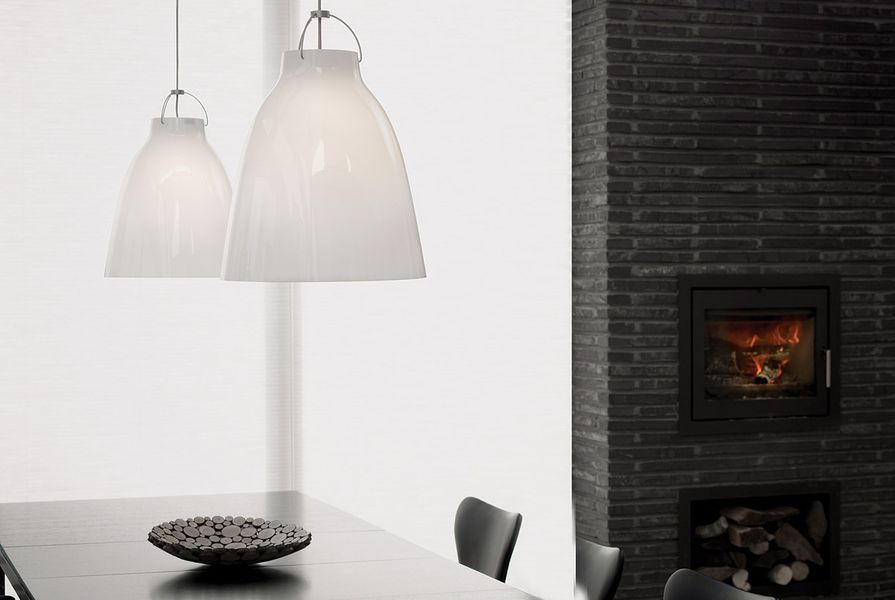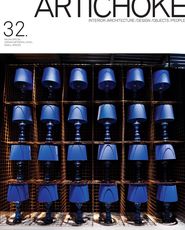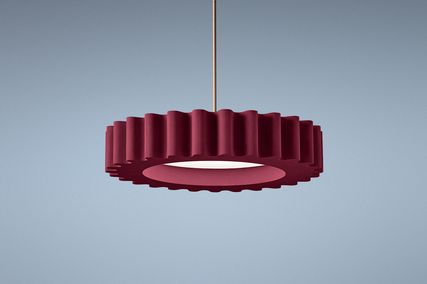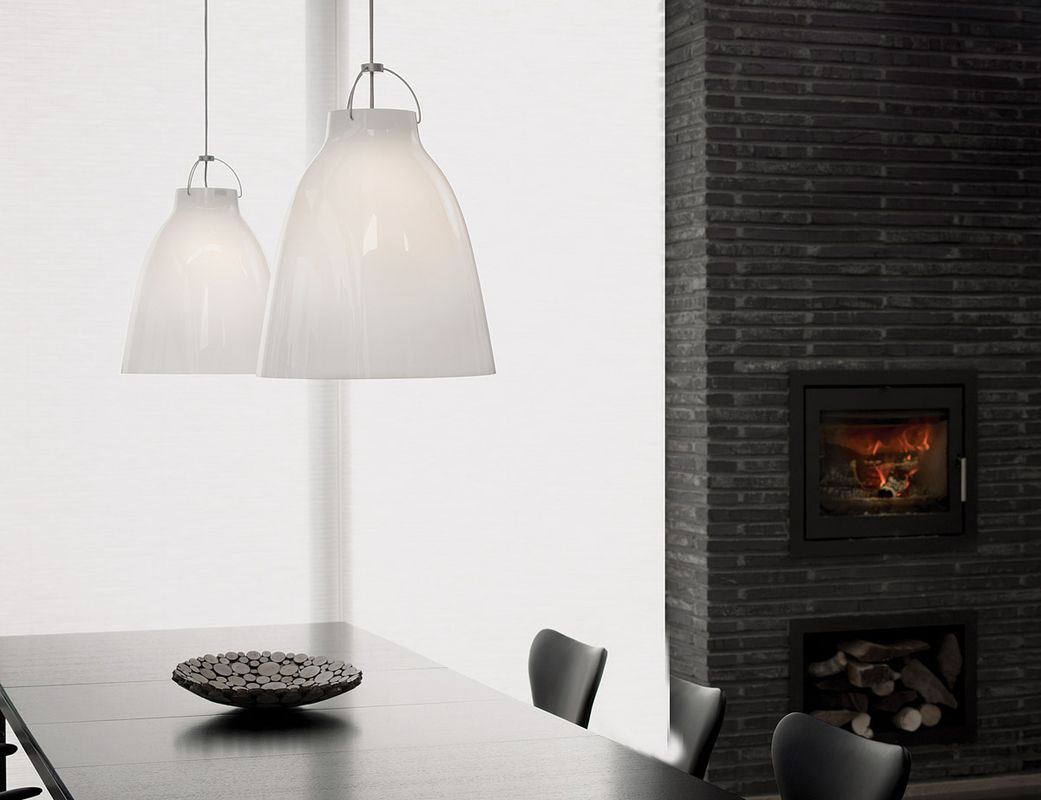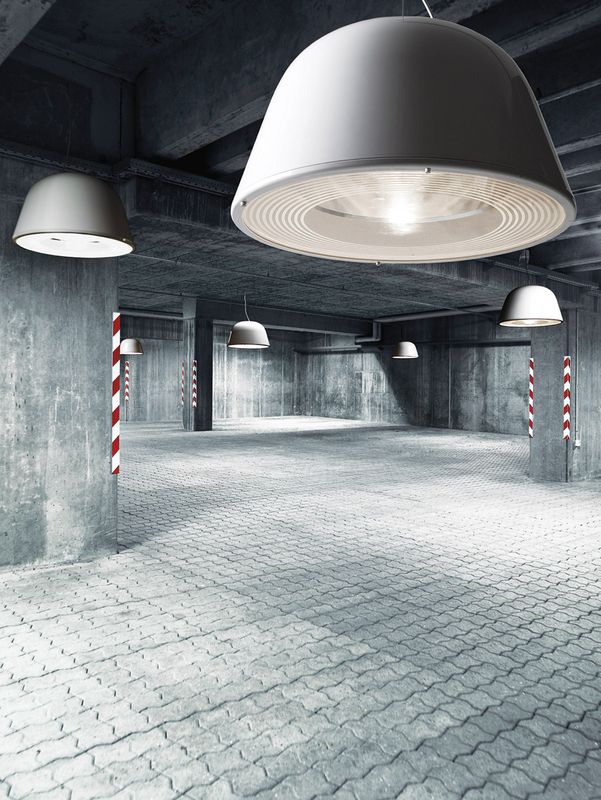Born to two ceramicists in the Odsherred region of Denmark, Cecilie Manz had instilled in her from an early age a deep respect for design - for form, line and proportion. After specializing in furniture design at the Danish School of Design and the Finnish University of Art and Design, she designed her first piece, a ladder called Hochacht, for the exhibition Walk the Line in 1999. Made from timber, it is ostensibly an ordinary ladder with a few details changed - namely a deeper second step and a curved third step to make a seat. “Who hasn’t seen a worker take a rest on a ladder?” she points out. “I improved it so you can sit nicely on it. It was not in order to do something funny; it’s not for fun that I’m working.”
While many of her projects are conceptual - with a detail changed here or something added there - Manz is serious about not just creating a piece for the sake of it. “You solve problems with your design. Otherwise you shouldn’t do anything, because there are so many objects in this world. You need a point. I wouldn’t call it a statement, but a good reason to do something.
“Sometimes the reason comes in the form of a brief, which is what happened with the Essay table for Fritz Hansen. The company’s detailed brief could essentially be boiled down to, “design a residential table in wood.” So, Manz set about creating Essay - a simple table with no frame and no bars, just two trestles and a top. The table is solid timber, which means that any damage can be repolished, enabling it to last for the next generation. “I really always want to see how people use objects, how people are sitting,” she explains. “These observations are very important in my work - observations of my daily life.”
Her lighting for Danish brand Light Years is similarly simple. Mondrian is a table light that forms a refined white L shape, designed to blend into white walls. In contrast, Caravaggio is a light designed to show itself - reduced to a shade, a fixture and a cord. Finally, Brancusi is a technical light for warehouses and large commercial spaces. Because it is a halogen, it needed a glass cover to protect from getting glass everywhere if the bulb breaks. Halogen has other restrictions to do with overheating, so Manz’s challenge was to make something simple from an object that is usually very technical with an array of metal parts. “In the case of Caravaggio I wanted to show everything. With Brancusi, I wanted to hide everything,” Manz explains.
Similarly simple yet beautiful is Minima, a range of mouth-blown glass bottles. Because the tap water in Denmark is of a high quality, Manz set about creating a glass bottle to discourage people from buying bottled water. Minima echoes the familiar shape of an old milk bottle, replacing the metal cap with a simple cover that sits on top of the bottle. “It’s no big deal, but a small improvement,” says Manz, proving design doesn’t have to make a big statement to be good.
Brands: Fritz Hansen, Light Years, PP Møbler
Supplier: Corporate Culture

